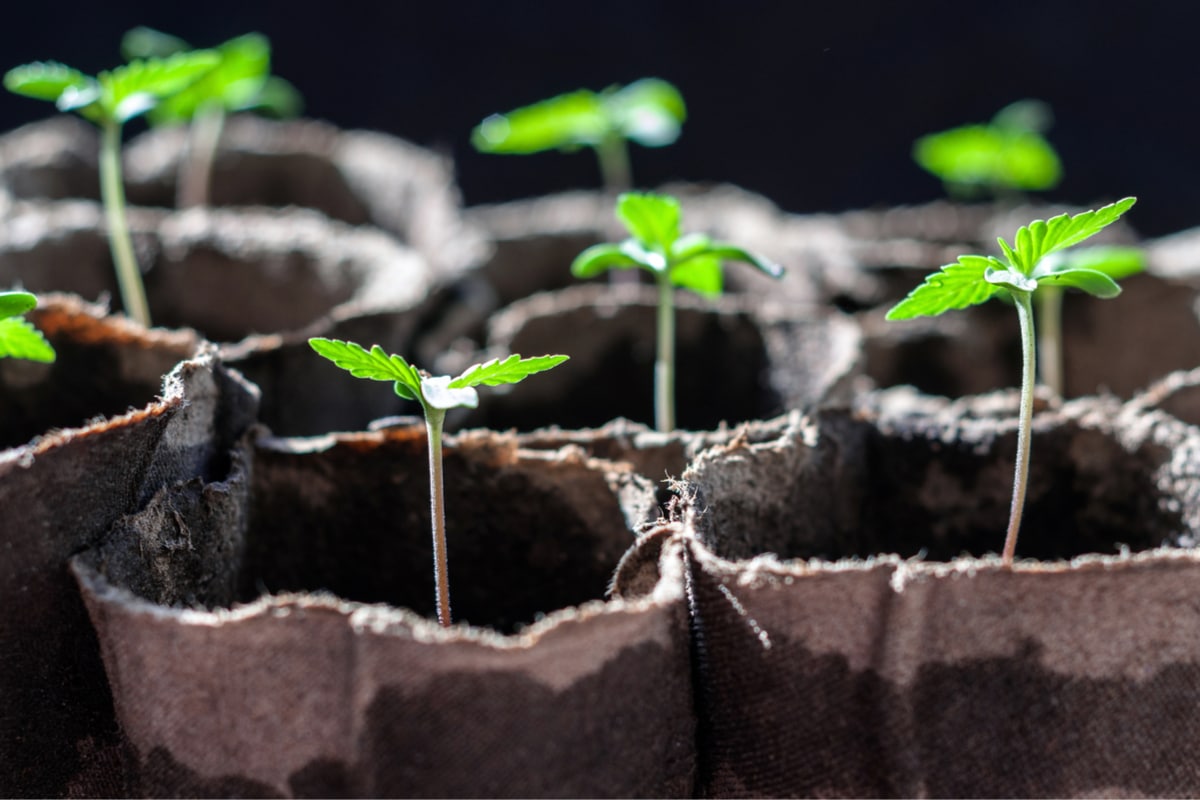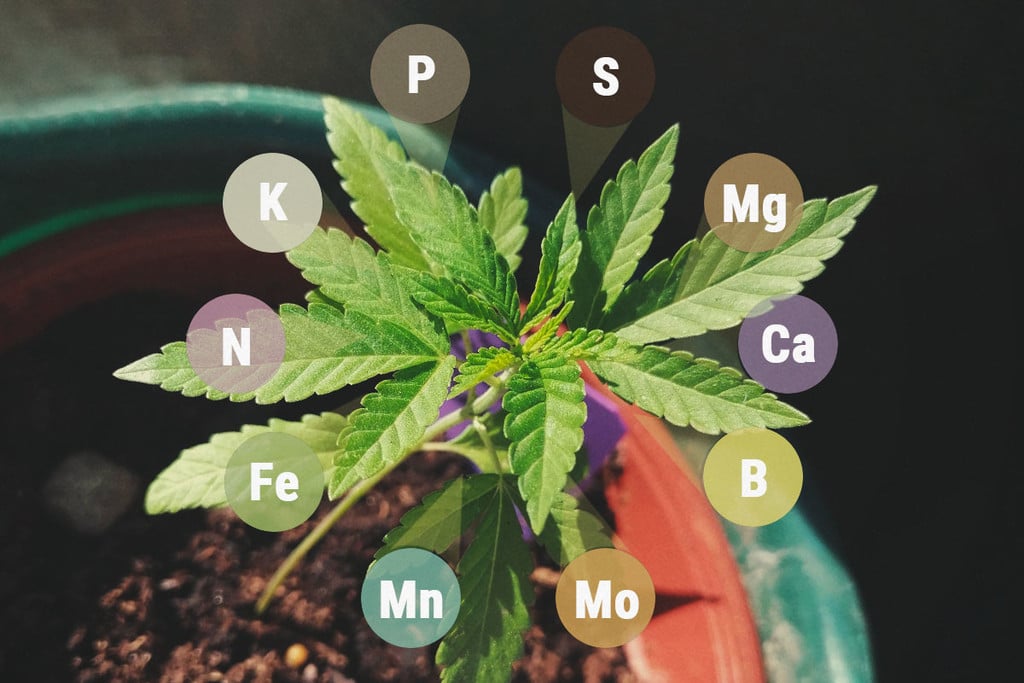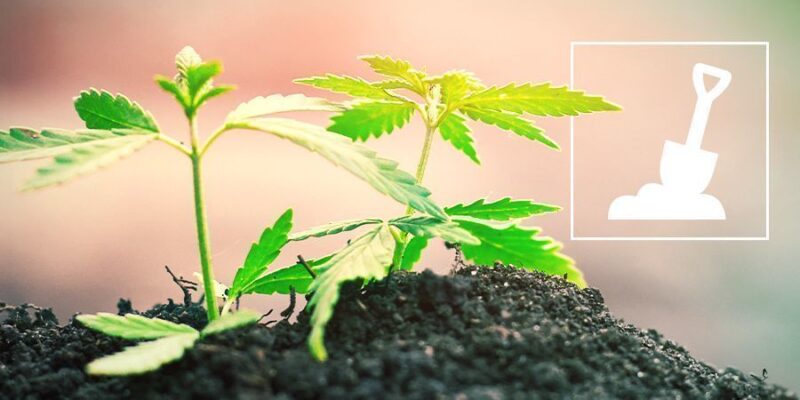Growing autoflower seeds can be an exciting venture for both novice and seasoned cultivators. With their rapid life cycle and unique flowering characteristics, these plants offer a world of opportunity.
However, this journey is not without its challenges. From understanding the nuances of light cycles to navigating nutrient needs and environmental factors, cultivators often encounter obstacles that can hinder their success.
Whether youre battling inconsistent growth rates or grappling with pest management, recognizing these common issues is the first step toward cultivating a thriving garden. In this article, we will explore the typical challenges faced when growing autoflower seeds and provide practical strategies to help you overcome them, ensuring a rewarding and fruitful experience. So, roll up your sleeves and prepare to dig into the art of successful autoflower cultivation!
Understanding Autoflowering Genetics

Understanding autoflowering genetics is essential for anyone looking to grow these remarkable plants with ease and success. Unlike their photoperiod counterparts, which rely on specific light cycles to initiate flowering, autoflowering strains possess an innate ability to transition from vegetative growth to flowering independently, typically within 8 to 12 weeks. This unique trait stems from their ancestry, often linked to Cannabis ruderalis, a strain adapted to tougher climates where the day length varies drastically.
Grasping the intricacies of this genetic makeup reveals why autoflowers can be more resilient to environmental stresses. Moreover, understanding factors such as growth rate, size, and cannabinoid profile can empower growers to select the right strain for their specific needs.
However, navigating this genetic landscape isn’t always straightforward. Each variety has its quirks and requirements that, if overlooked, can lead to disappointing yields or quality.
Embracing this complexity is vital to unlocking the full potential of autoflowering seeds.
Light Cycle Management

Light Cycle Management is a pivotal aspect of successfully cultivating autoflower seeds, yet it often presents growers with unique challenges. Unlike photoperiod cannabis, autoflowers are less sensitive to light schedules; they transition from vegetative growth to flowering based on their age rather than light cycles.
However, this doesnt mean that lighting strategies can be neglected. Many growers mistakenly assume that more light is always better, leading to photoperiod stress or even light burn.
To achieve optimal results, it’s crucial to strike a balance: providing ample light intensity without overwhelming these resilient plants. Use LED grow lights with adjustable spectrums for versatile coverage; they can help mitigate temperature spikes and maintain a balanced atmosphere.
Remember, varying the light duration and intensity mimics natural conditions, promoting robust growth. Regular monitoring is essential—look for signs of stress or deficiency, and adjust your approach accordingly.
By mastering light cycle management, you can unlock the full potential of your autoflower seeds.
Nutrient Balancing

Nutrient balancing is a pivotal aspect of nurturing healthy autoflower plants, yet it often poses a significant challenge for growers. These plants have a unique life cycle, which means that their nutritional needs fluctuate dramatically throughout their growth stages.
At the seedling stage, a delicate approach is essential—too much nitrogen can lead to lush foliage at the expense of bud development, while a deficiency may stunt growth. As the plants transition to the flowering phase, the demand for phosphorus and potassium peaks, calling for a precise adjustment of your nutrient mix.
Moreover, factors such as pH levels and soil composition must be carefully monitored; even minor imbalances can lead to nutrient lockout, leaving your plants starved for essential elements. This intricate dance of nutrients requires both observation and adaptability—a grower must be ready to tweak their feeding regimen based on the plants’ responses, ensuring that each autoflower reaches its full potential in both size and potency.
Conclusion
In conclusion, growing autoflower seeds presents a unique set of challenges that require careful attention and strategic planning. From managing light cycles to addressing nutrient needs and environmental factors, understanding these hurdles is essential for successful cultivation.
By implementing the solutions outlined in this article, such as optimizing your growing conditions and selecting the right genetics, you can enhance your chances of a fruitful harvest. With the right approach, you can enjoy the many benefits of autoflower seeds and achieve your gardening goals, creating a rewarding and productive experience.
Remember, patience and perseverance are key to overcoming any obstacles you may encounter along the way.


